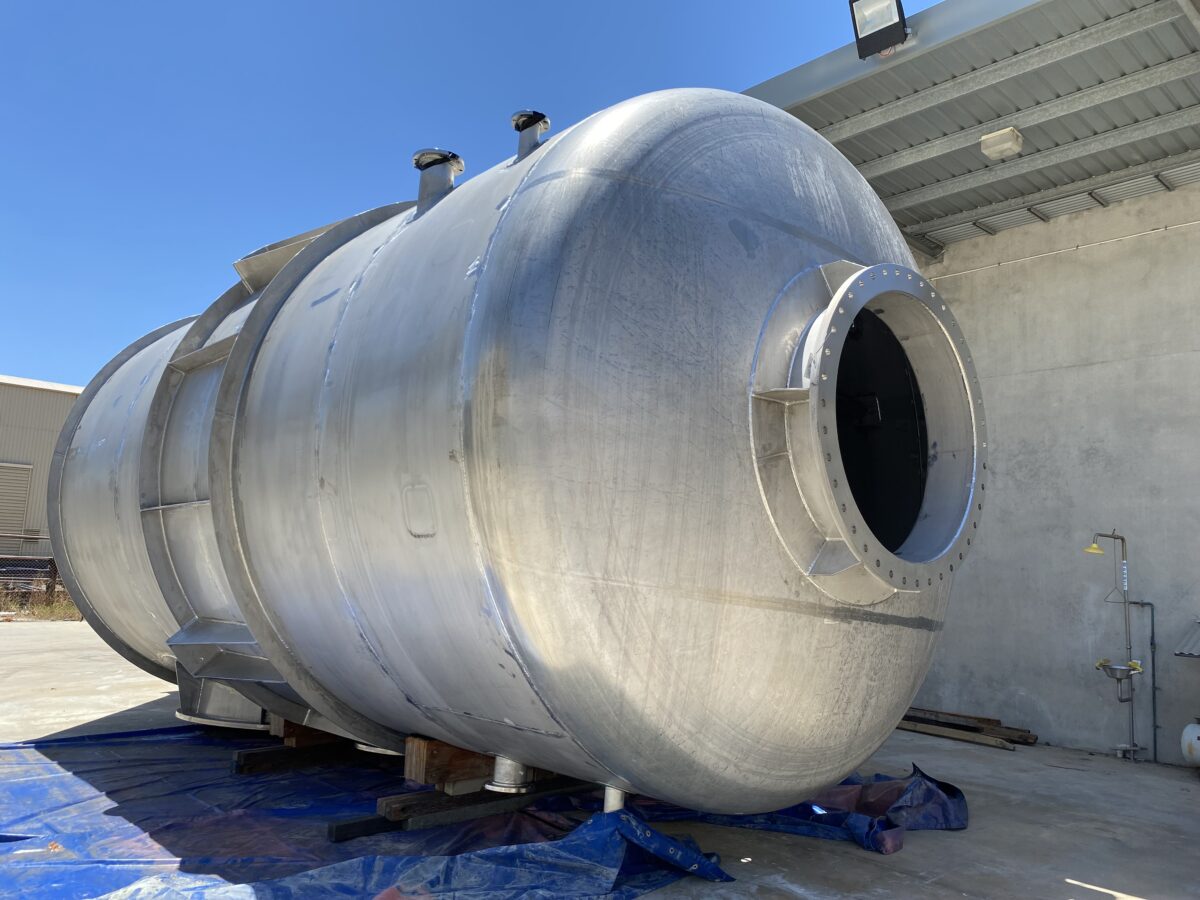Is there a need to Pickle and Passivate after bead blasting?
The answer to this question is that pickling in compliance with ASTM A380 is required after bead blasting to provide a passive surface.
Why pickle in compliance with ASTM A380?
Bead blasting with glass is generally used to match the appearance of different components such as castings or plate/sheet or pipe. The beads deform the surface but do not remove much, if any, material. The process is therefore ineffective in removing heat tint or any chromium depleted layer underneath. The “splashing” of the metal can trap fragments from the blast media and provide micro-crevices which are potential corrosion initiating sites. In addition, the fresh metal exposed by the blasting will uncover the sulphide inclusions scattered throughout the metal and these can also be initiation points. Passivation to ASTM A967 would remove the sulphide inclusions but not the metal splashes. It requires pickling to ASTM A380 to dissolve the metal splashes and both release any trapped blast media, dissolve any exposed sulphide inclusions, and provide a passive surface.
Surface roughness!
A surface roughness of 0.5µm Ra (or ~20µ”) will be achieved by a 320-grit abrasive finish which is specified by a 2K finish in EN 10088.2 as suitable for exterior, corrosion resistant exposures. Pickling a mechanically roughened surface will usually slightly reduce the Ra. However, the Ra of blasted surfaces depends on blast time, blast pressure and media profile, for example bead or scrap glass, so the Ra of a blasted surface is less predictable. Pickling will improve a slightly smoother finish.
ICS has access to a dedicated stainless steel technical team so if you have any technical questions regarding any aspect of stainless-steel, please do not hesitate to contact us on 08 9497 3500.
ICS is a Member of the Australian Stainless Steel Development Association (ASSDA) and this article has been peer-reviewed by their technical specialist.
 ICS will be closed for the Christmas and New Year period from 12pm, 22 Dec - 9 Jan 2023
ICS will be closed for the Christmas and New Year period from 12pm, 22 Dec - 9 Jan 2023

